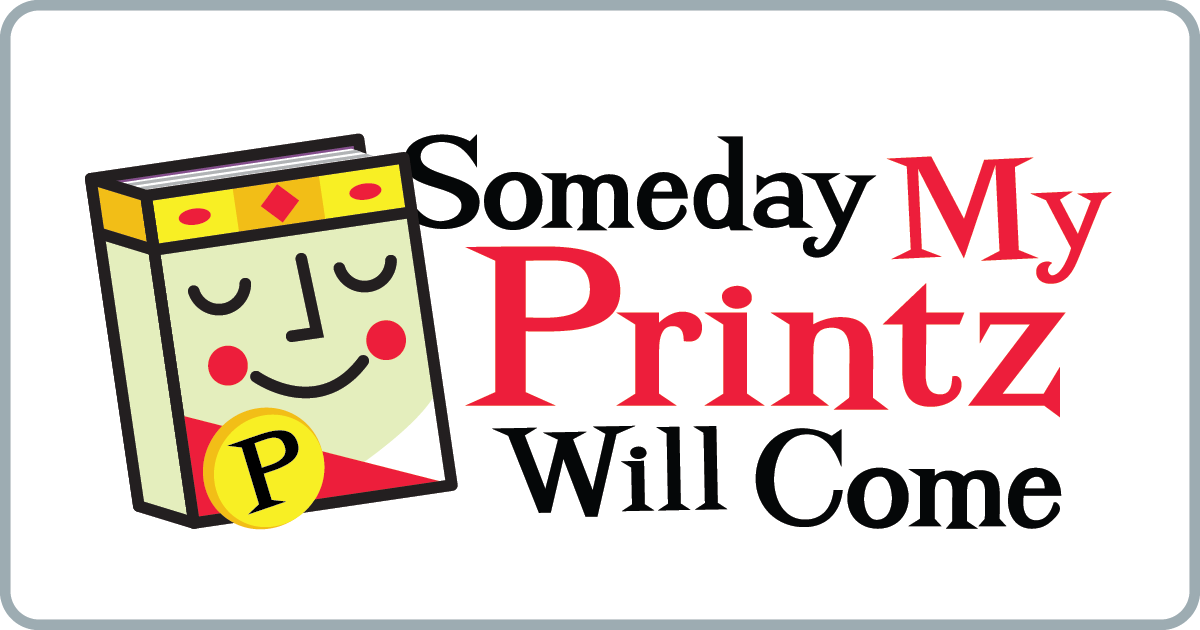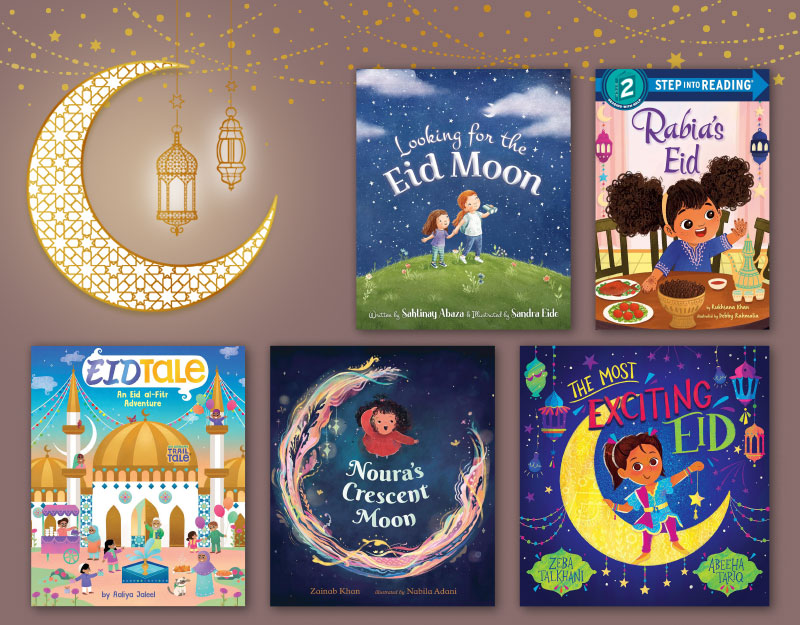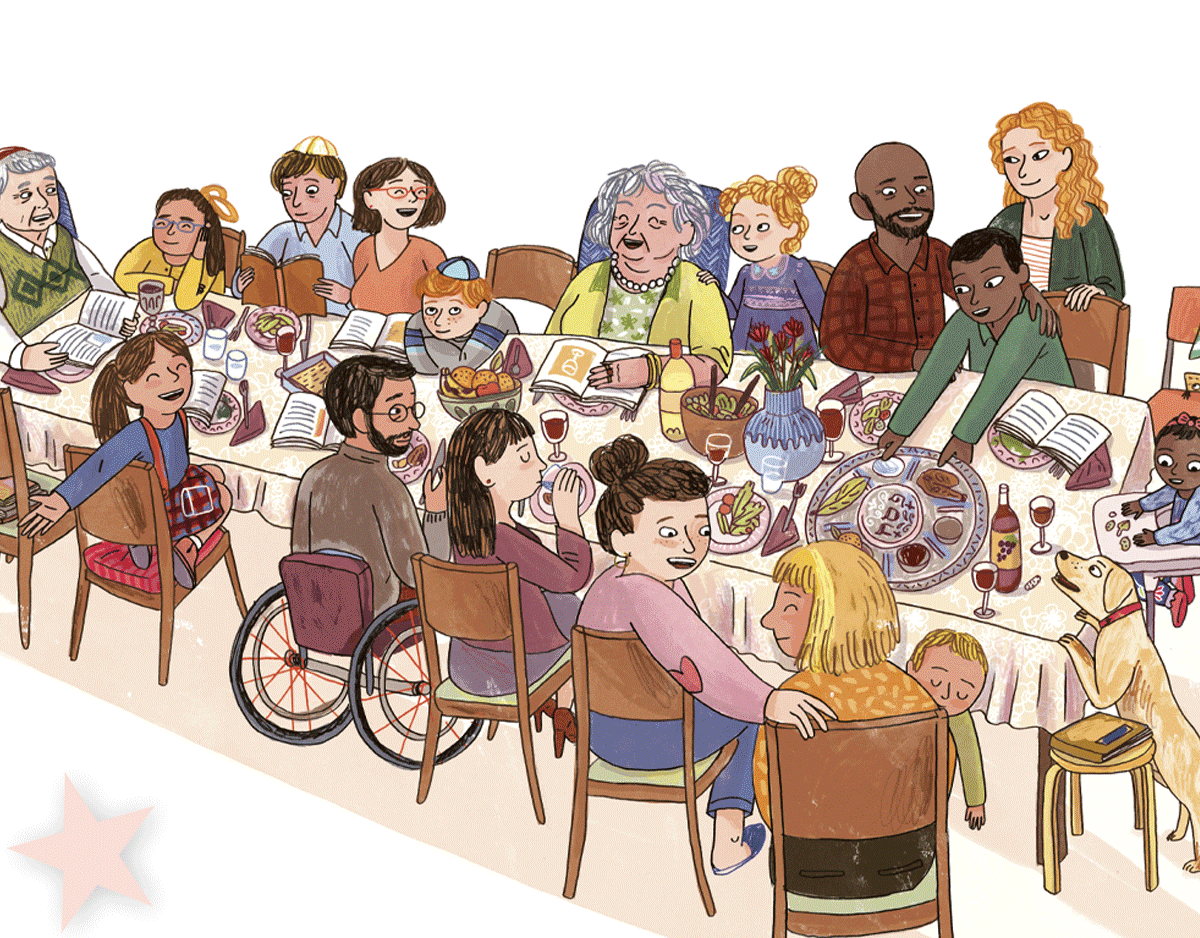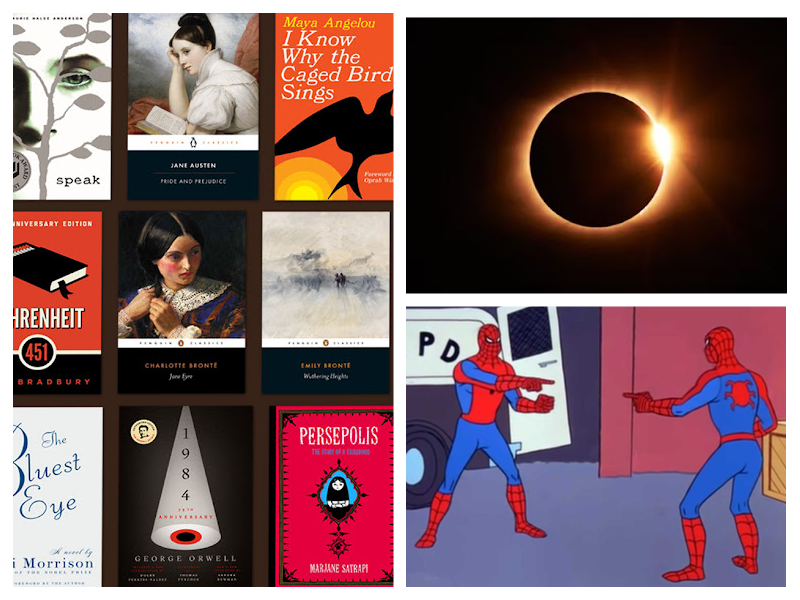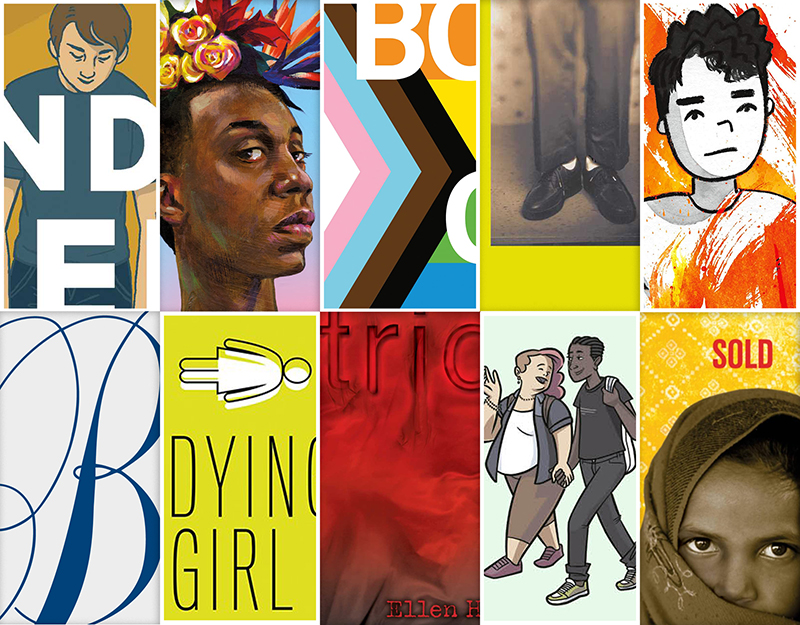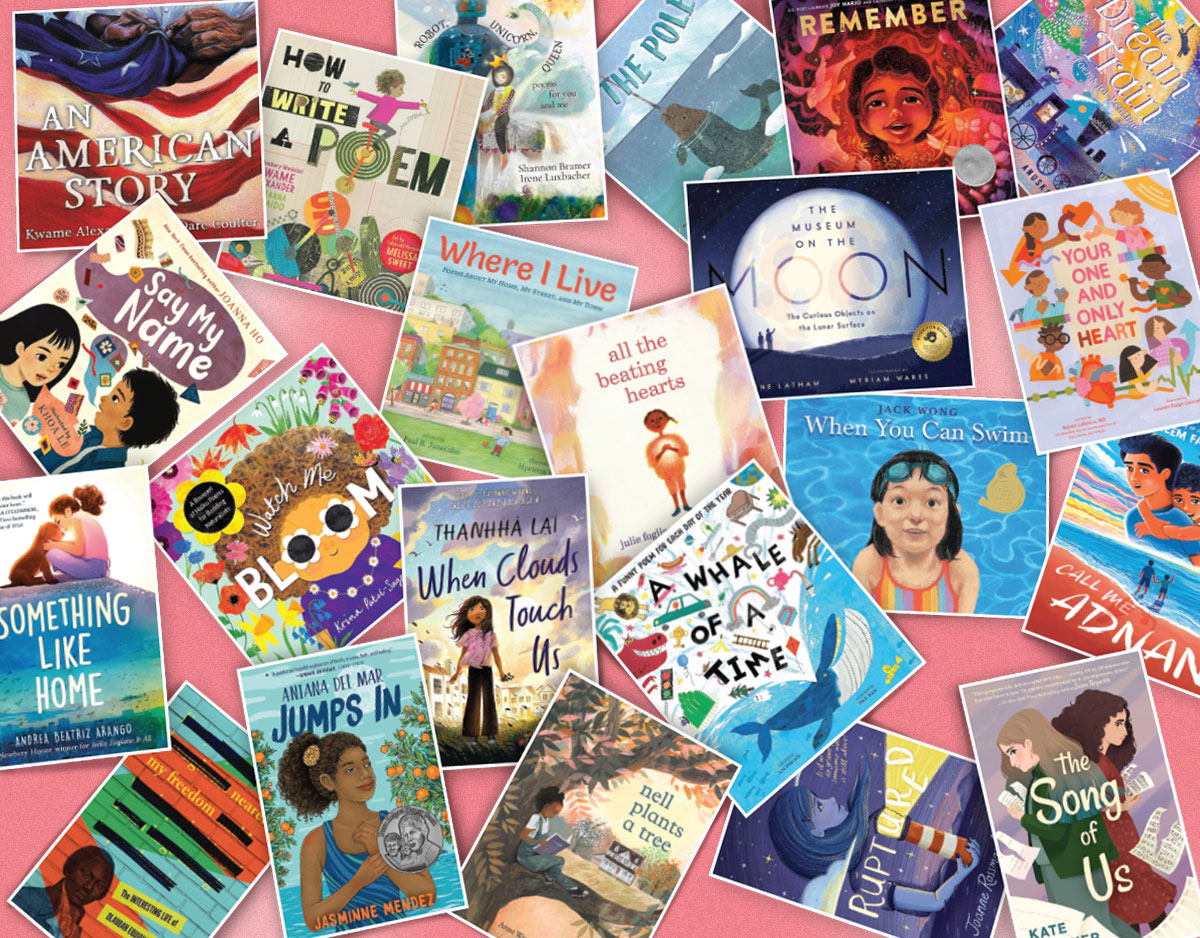SCROLL DOWN TO READ THE POST
Graphic Novel Siblings: Delilah Dirk and The Nameless City
The two books we’re talking about this morning might as well be graphic novel siblings. They share a lot of details in common: both are published by First Second, Canadian authors, 3 stars, action-hero female protagonists, male protagonists who drive themselves to exhaustion trying to keep up, and both are part of a larger serialized story.
Even the covers of the books are similar. Delilah Dirk and Rat (of the Nameless City) are featured in action, while their male companions, Selim and Kai, have startling similar expressions on their faces. Mouths agape, they seem to be thinking, “what have I got myself into?” (Or maybe they’re just thinking, females are strong as hell. Both are plausible.)
ADVERTISEMENT
ADVERTISEMENT
These are great graphic novels, but are they Printz contenders?
 Delilah Dirk and the King’s Shilling, Tony Cliff
Delilah Dirk and the King’s Shilling, Tony Cliff
First Second, March 2016
Reviewed from final copy
Delilah Dirk is just plain fun. I thoroughly enjoyed the first book but I may have loved this one even more. The second installment in any series usually has a bit more zip to it because the author doesn’t need to spend as much time establishing characters and setting. Delilah and Selim are a team who’ve been working together for years now (think of all the adventures we’re missing!). Delilah still has a penchant for going off-script and remains the hot-headed daredevil we met in book one.
Structured like a James Bond or Indiana Jones opening scene, Tony Cliff drops us into a mission that’s nearing its completion. Delilah and Selim are in Portugal during the Napoleonic wars. Within a few pages they are on the move and the plot unfolds at a steady clip with almost no extraneous material. Delilah is accused of being a spy for the French and dragged back to England.
Cliff reveals a bit of Delilah’s backstory when we visit her family’s estate—where Selim is put to work as a carriage driver—and we see the Regency lifestyle she has happily left behind. Cliff’s depiction of English drawing rooms, green fields, and ballrooms would be perfectly suited to a graphic novel adaptation of any Jane Austen novel.
The color scheme is a bit earthier and darker compared to the bright, liveliness of the previous book. The change fits this story, which is dealing with heavier themes like revenge, espionage, and family responsibility. The artwork is also doing the heavy lifting for characterization, although there’s certainly a lot that is taking a backseat to the many action scenes. As in the first book, the end certainly feels like the resolution of a small piece of a continuing story. This, plus the relatively light thematic work will keep this one out of serious Printz conversations, but it sure is a fun romp.
 The Nameless City, Faith Erin Hicks
The Nameless City, Faith Erin Hicks
First Second, April 2016
Reviewed from final copy
The Nameless City is also action-oriented but with slightly more substance. Kai and Rat live in the same city but their lives are radically different. Kai is sheltered behind the high-walls of the Dao palace. Rat relies on the goodwill of monks who, like her, are natives of their city, but spends most of her time flying over the rooftops of the city. Not quite a star-crossed lovers story, the relationship between Kai and Rat still follows the pattern of what happens when a boy meets a girl from the wrong side of the tracks.
Their friendship blossoms out of their mutual need for each other. Kai doesn’t like fighting and needs a friend; Rat is hungry and lonely. They learn from each other but their lessons aren’t balanced. Rat learns to let go of her hatred for the Dao but Kai’s only major accomplishment is that he is finally able to make a dangerous leap across the river. As the first in a new series, the story will continue in subsequent books so Kai will likely develop more, but here he’s somewhat bland.
ADVERTISEMENT
ADVERTISEMENT
The real substance of The Nameless City lies within the city’s politics and the discussion of its past and future. In the book’s climax, Rat is subject to a scenario that readers will recognize as an unjustified shooting (only here the weapon is a bow and arrow), motivated by fear and prejudice. As she reaches for a book to prove her innocence, the palace guards think she’s reaching for a weapon and shoot at her, even though she is only one girl against at least a dozen men. In this scene, Hicks underlines a connection she’s been building throughout the narrative: an “us vs. them” attitude will always lead to conflict and violence. In this kind of political and social climate, innocent people will suffer due to the actions and attitudes of a few. There is hope though. Through Kai, Rat, Joah, and Andren, Hicks shows that despite this, some people will still be open to cooperation and peace.
Of course, this story is set in a fictional ancient land. The names (Dao, Yisun, Liao) and artwork are Asian-influenced but I simply can’t decide if this is cultural appropriation or appreciation. It’s possible I’ll never have a firm opinion. I can also make an argument that by setting this book in a fictional world that resembles our own, Hicks has given herself the ability to explore the complex issues of invasion, colonialism, and war without making any ethnicity the villains.
Hicks beautifully uses her art to show parallel action and memory. The blocking for the action scenes is clear and when Kai and Rat run and leap around the city, streaks behind and around them give an extra sense of their movement. All of the characters are distinct and have personality in their expressions.
There is a clear sense that the story isn’t over at the end of the book. What will happen if the Dao actually attempt to share control of the Nameless City? What roles will Kai and Rat play in the upcoming changes in their society? These open questions would be dangling plot threads in a standalone, which means this one will be a Printz longshot.
I’m curious to hear other opinions about these two, in particular The Nameless City. I wonder if anyone has a strong argument to make it a Printz dark horse?
Filed under: Books to look for
About Joy Piedmont
Joy Piedmont is a librarian and technology integrator at LREI - Little Red School House & Elisabeth Irwin High School. Prior to becoming a librarian, Joy reviewed and reported for Entertainment Weekly’s PopWatch. She reviews for SLJ and is the President of the Hudson Valley Library Association. When she’s not reading or writing about YA literature, she’s compulsively consuming culture of all kinds, learning to fly (on a trapeze), and taking naps with her cat, Oliver. Find her on Twitter @InquiringJoy, email her at joy dot piedmont at gmail dot com, or follow her on Tumblr. Her opinions do not reflect the attitudes or opinions of SLJ, LREI, HVLA or any other initialisms with which she is affiliated.
ADVERTISEMENT
SLJ Blog Network
2024 Books from Coretta Scott King Winners
Monster Befrienders and a Slew of Horror/Comedy: It’s a Blood City Rollers Q&A with V.P. Anderson & Tatiana Hill
Family Style: Memories of an American from Vietnam | Review
From Page to Planet: Inspiring Young Environmental Champions Through Fiction, a guest post by Dana Klisanin
The Classroom Bookshelf is Moving
ADVERTISEMENT
ADVERTISEMENT

